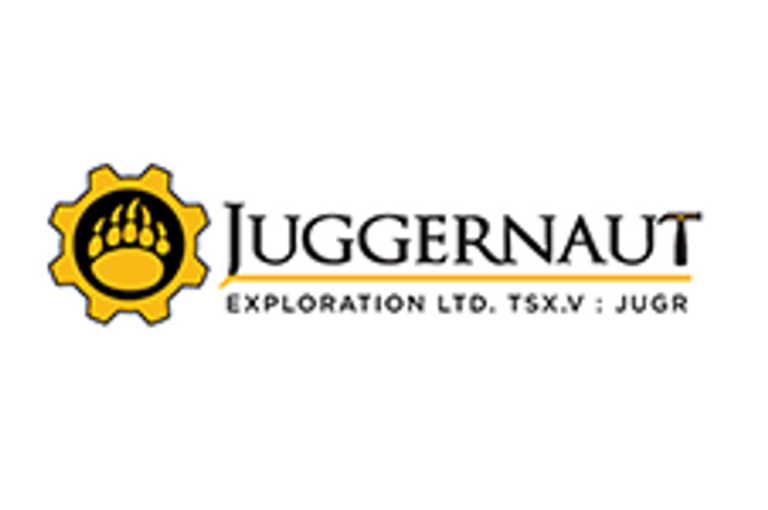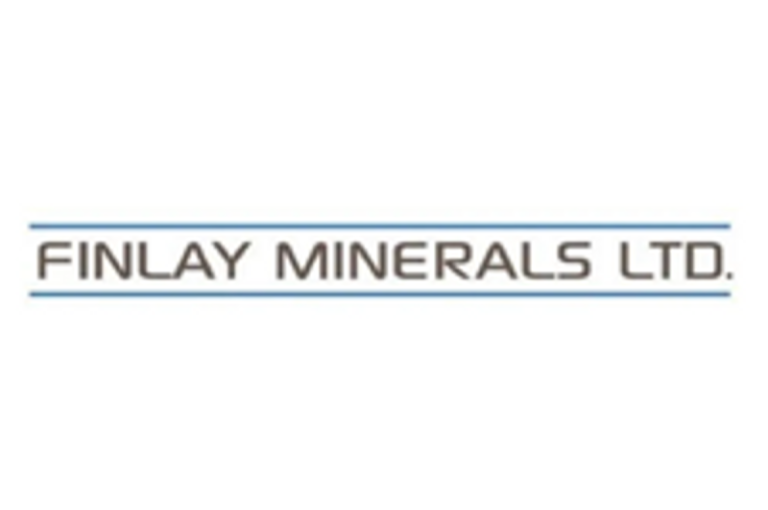Governments and militaries around the world are beefing up their defense budgets as geopolitical and trade tensions mount. Unsurprisingly, aerospace and defense stocks are looking more attractive to investors.
The aerospace and defense industry comprises covers a large array of products, including aircraft, autonomous vehicles, marine vessels, satellites, electronic systems, software, missiles, drones and tanks.
Global defense spending increased by 9.4 percent in 2024 to US$2.72 trillion, led by the United States, China, Russia, Germany and India.
For its part, Canada spent US$29.3 billion on defense in 2024, making it the 15th highest spender globally. The country has yet to meet NATO member country spending targets of 2 percent of gross domestic product (GDP), coming in at 1.37 percent last year. However, this is expected to change in 2025.
In June, the Canadian government announced plans to invest an additional C$9 billion in the Canadian Armed Forces for the 2025/2026 fiscal year. The funds will go towards a wide array of improvements, including new aircraft, armed vehicles and drones.
“In an increasingly dangerous and divided world, Canada must assert its sovereignty,’ Prime Minister Mark Carney stated. ‘We will rapidly procure new equipment and technology, build our defence industrial capacity, and meet our NATO defence commitment this year. Canada will seize this opportunity with urgency and determination.”
Top 5 Canadian Defense Stocks
Canada’s aerospace and defense industry plays a large role both domestically and through exports. The Canadian Armed Forces prioritizes domestic equipment and services procurement, with 55 percent of expenditures made to Canadian suppliers in 2022.
The Canadian defense sector has historically outperformed the broader manufacturing sector in terms of industrial growth, according to a Government of Canada report.
Exports represent a significant portion of revenues for land and marine military goods and services. GlobalData reports that naval vessels and surface combatants, military fixed-wing aircrafts and military satellites are currently the most attractive segments of the country’s defense market.
1. CAE (TSX:CAE)
Market cap: C$12.33 billion
Established in 1947, CAE manufactures simulation technologies and digitally immersive training services for the aerospace, defense and healthcare industries. The company’s defense and security business unit provides training and mission support solutions for air, land, maritime, space and cybersecurity operations.
The company has regional defense and security training facilities in many countries and regions globally, namely the US, Canada, the United Kingdom, Europe, the Indo-Pacific and the Middle East. CAE’s annual revenue for its 2025 fiscal year ending March 31, 2025, was C$4.71 billion, up 10 percent year-over-year.
2. Bombardier (TSX:BBD.B)
Market cap: C$11.57 billion
A global leader in aviation, Bombardier is headquartered in Québec, Canada, and operates aerostructure, assembly and completion facilities in Canada, the US and Mexico. Although best known for its business jets, the company has also earned the distinction of being a trusted designer and manufacturer of military special-mission aircraft under its Bombardier Defense unit.
Bombardier Defense has a multi-year US$465 million contract to sell its Global 6000 jets to the US Air Force under the Battlefield Airborne Communications Node program, which began in 2021 and extends through 2026. Under the contract, Bombardier is selling modified Global aircrafts to the US Air Force. These aircrafts are specialized communications platforms that help bridge voice and data between forces on the ground and in the air.
Bombardier reported US$8.7 billion in revenue for 2024, up 8 percent year-over-year.
3. MDA Space (TSX:MDA)
Market cap: C$4.25 billion
MDA calls itself “an international space mission partner and a robotics, satellite systems and geointelligence pioneer.” The company is responsible for Canada’s first military satellite, Sapphire, which is designed to monitor Earth’s orbit and surveil outer space for man-made space debris and other satellites. Classified as a Space Situational Awareness small-satellite system, Sapphire was created for Canada’s Department of National Defence. MDA also provides satellite capabilities to the Department of National Defence’s Polar Epsilon satellite ground stations.
MDA reported strong top-line growth in 2024, with revenues of C$1.08 billion, up 34 percent year-over-year. The company expects 2025 full year revenues to be between C$1.5 billion and C$1.65 billion.
4. Magellan Aerospace (TSX:MAL)
Market cap: C$1.06 billion
Magellan Aerospace designs, manufacturers and services aeroengine and aerostructure assemblies and components for the global aerospace market, as well as proprietary products for the military and space submarkets.
In April of this year, the company signed an amendment to an important long-term revenue sharing agreement with GE Aerospace (NYSE:GE). The amendment includes the production of major components for the F414-GE-400K aircraft engine over a seven-year period for the Korean KF-21 fighter aircraft program for South Korea’s national arms procurement agency.
Magellan’s total revenue for 2024 came in at C$942.37 million, up 7.1 percent over the previous year.
5. Kraken Robotics (TSXV:PNG)
Market cap: C$767.92 million
Marine technology company Kraken Robotics provides advanced subsea sonar and laser systems, as well as batteries and robotics systems for unmanned underwater vehicles used in the military and commercially. According to Kraken, it is best known for its high-resolution 3D acoustic imaging solutions and services.
In February of this year, Kraken announced plans to open a new battery production facility in Nova Scotia, stating it aims to meet increasing demand for uncrewed underwater vehicles from the defense sector.
Kraken’s consolidated revenue for 2024 reached C$91.3 million, up 31 percent year-over-year. The company’s guidance for 2025 revenue is C$120 million to C$135 million.
Top Canadian Defense ETFs
Exchange-traded funds (ETFs) are marketable securities that track an index, a commodity, bonds or a basket of assets like an index fund. Investors can diversify their portfolio and lower the risk of investing in individual stocks with defense ETFs.
ETF Portfolio Blueprint has identified two Canadian Defense ETFs worthy of investor attention. All data was current as of June 30, 2025.
1. iShares U.S. Aerospace & Defense Index ETF (TSX:XAD)
Assets under management: C$50.57 million
iShares U.S. Aerospace & Defense ETF launched in September 2023, and has an expense ratio of 0.44 percent. This fund replicates the iShares U.S. Aerospace & Defense ETF (BATS:ITA) and tracks the Dow Jones US Select Aerospace & Defense Index.
These defense stocks are typically stable companies in the sector whose revenues are mainly tied to long-term government contracts. Top holdings include RTX (NYSE:RTX), The Boeing Company (NYSE:BA), Lockheed Martin (NYSE:LMT), General Dynamics (NYSE:GD) and L3Harris Technologies (NYSE:LHX).
2. Global X Defence Tech Index ETF (TSX:SHLD)
Assets under management: C$28.88 million
Launched in April 2025, the Global X Defense Tech Index ETF is the Canadian version of the Global X Defense Tech ETF (NYSEARCA:SHLD). Like its US equivalent, the ETF tracks the proprietary Global X Defense Tech Index, meaning this ETF differs from XAD by offering exposure to a mix of US and global defense stocks. As it is a brand new ETF, an expense ratio has not yet been calculated, but it has a management fee of 0.49 percent.
Its only holding is the US Global X Defense Tech ETF, which includes some of the biggest defense stocks such as Lockheed Martin and General Dynamics, and is also heavily weighted in Palantir Technologies (NASDAQ:PLTR) and L3Harris Technologies.
Securities Disclosure: I, Melissa Pistilli, hold no direct investment interest in any company mentioned in this article.










